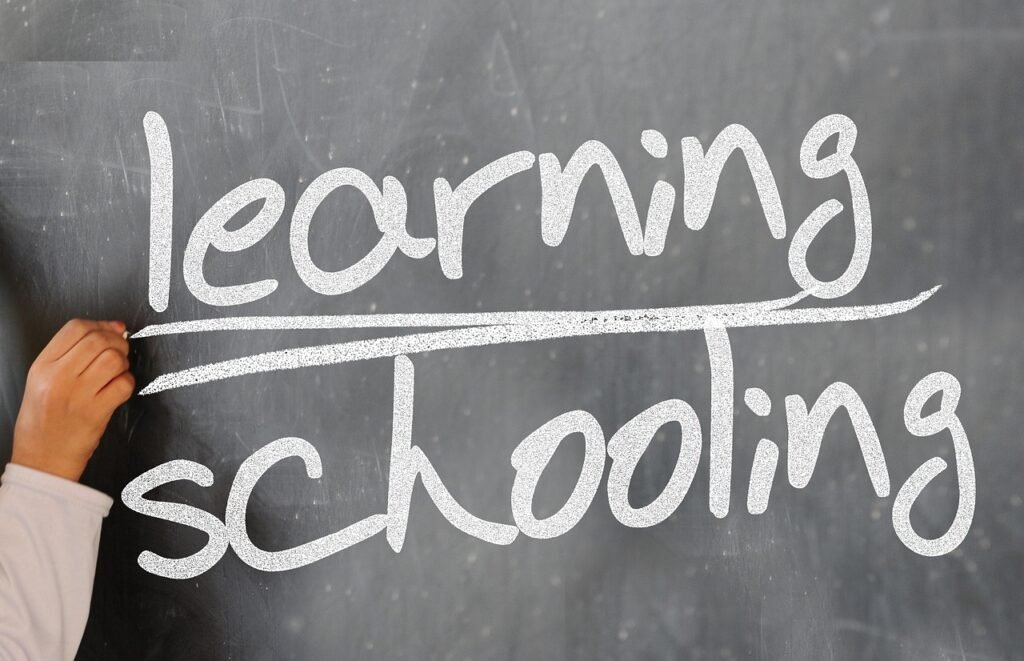Today’s students are not just consumers of education—they are active stakeholders with insights, experiences, and ideas that can shape better learning environments. Recognising and embedding student voice in institutional decision-making is no longer a progressive ideal—it is a necessary component of inclusive, responsive, and effective higher education.
But what does it truly mean to give students a voice? And how can institutions ensure that student involvement goes beyond tokenistic gestures?
Why Student Voice Matters
Research consistently shows that when students feel heard and valued, their engagement, wellbeing, and academic performance improve. Institutions that actively seek student input often benefit from:
- More relevant curricula and assessments.
- Enhanced quality assurance and programme review.
- Better policies around inclusion, accessibility, and mental health.
Involving students in decisions also builds democratic capacity—teaching collaboration, advocacy, and leadership beyond the classroom.
Moving from Consultation to Co-Creation
True student voice requires moving up the ladder of participation—from passive feedback to co-creation and shared governance. This can take many forms:
- Involving students on curriculum and quality assurance committees.
- Co-designing learning activities, modules, or digital tools.
- Creating student-led research or community impact projects.
- Supporting student representation in strategic planning and hiring panels.
The key is not just to ask for feedback—but to act on it visibly and transparently, closing the loop and showing students how their input influences outcomes.
Creating Conditions for Voice
Empowering student voice requires intentional action:
- Training and mentoring: Equip students with the knowledge and confidence to participate meaningfully.
- Inclusive representation: Ensure diversity in student representatives across gender, background, ability, and discipline.
- Time and resources: Provide incentives and recognition for student contributors.
Institutions must also build a culture of listening, where staff are open to dialogue, critique, and change.
Final Thoughts
When students are invited to the decision-making table as equal partners, the impact is transformative. Institutions become more agile, inclusive, and student-centred—not by design alone, but by dialogue.
True student voice is not a trend. It’s a shift in power—and a step toward better, fairer education for all.


